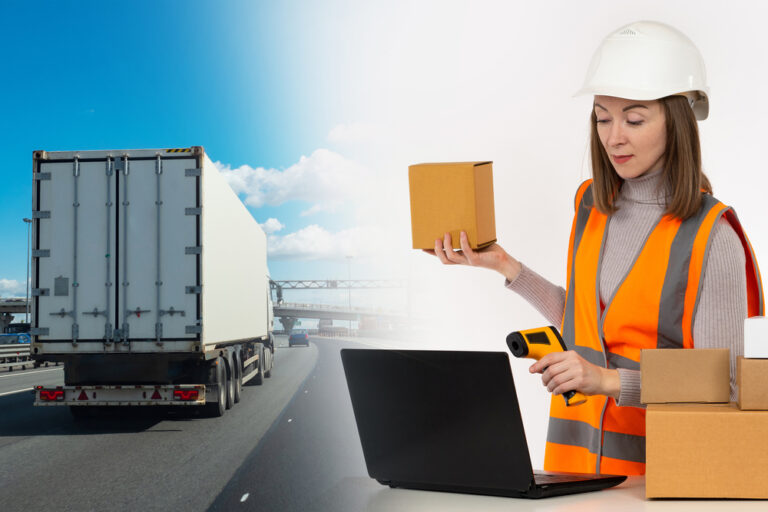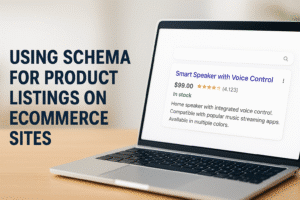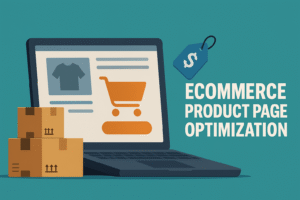Order fulfillment is the process of getting a product to your customer after they have purchased it. This includes any shipping/packaging costs and general movement of goods from production, to warehouse, to delivery.
The entire process of order fulfillment includes getting products from the manufacturer to your customers’ doors or to your storage facility, handling shipping freight and orders through various means (air, truck, rail, sea), as well as warehousing and order prep (picking and packing).
Order fulfillment can be handled in-house or it can be outsourced to a fulfillment partner.
In-House Order Fulfillment
Whether you’re running an ecommerce shop or selling products through your brick-and-mortar store, stocking inventory is a big job. It takes time and effort to locate the right vendor for your product, get the goods shipped to you in a timely manner, then finally dole out individual orders to each of your customers.
If you’re working with a single large manufacturer or distributor, they might handle much of the order fulfillment from their end.
However, if you are dealing with numerous suppliers that ship directly to your customers (OEMs), then it might make more sense to keep the products in house and build out a mini warehouse.
In the end, it’s a matter of making the inventory management process as streamlined and efficient for you as possible.
Shipping Options & Considerations
Depending on your product category, consumers have different expectations when it comes to shipping times. In fact, some items can take weeks or months to reach their final destinations. For example:
- People expect to buy clothing and get it within a week.
- If you’re selling technology, people will expect the product to be delivered in 1-3 days. Same goes for consumer electronics like mobile phones and tablets.
- On the other end of the spectrum, if you’re shipping food across borders, consumers expect a longer lead time.
Outsourced Order Fulfillment
If you don’t have the time, capacity or desire to manage the shipping of your orders yourself, you can always outsource fulfillment. While there are many ways to do this, here are a few popular options:
- 3PLs (third party logistics providers) — These companies typically handle everything regarding order fulfillment for ecommerce shops and retailers: warehousing, picking and packing, shipping/delivery. Many will even handle returns for you.
- Drop shippers — These are suppliers that allow you to buy goods from their warehouse and have them drop shipped directly to your customers. They essentially serve as a middleman between you and the consumer. Dropshipping is a unique fulfillment method since it doesn’t require you to stock inventory, but it might not be a long term solution depending on your business model.
- Shipping brokers — These are third party logistics providers that help ecommerce shops and retailers find the best shipping rates for their orders. They essentially negotiate freight charges and handle documentation with all shipping partners.
- Order Fulfillment Services (OFSs) — These are companies that work directly with retailers and help them set up order fulfillment processes. They might not offer the same services as a 3PL, but they can provide some good guidance on how to best handle your product orders.
Challenges of order fulfillment
No matter which method you choose, there’s a lot to consider when setting up your order fulfillment process. Here are some of the main challenges you’ll face:
1. Shipping Costs
Shipping costs can make or break your business model, so it’s important to get them right from day one. The key is to realize that there are multiple factors which affect shipping costs. The biggest two being:
- Shipping weight and/or DIM weight.
- What kind of delivery options do you offer (e.g., 2-day delivery, overnight shipping, free shipping over x price range)?
2. Keeping Customers Happy
As Amazon has shown us, there’s a fine line between shipping orders quicker and spending a lot of money on high speed shipping options. This is yet another reason to carefully consider your order fulfillment methods before you get started.
If you’re using 3PLs, make sure they offer various delivery options and price ranges.
Make sure that vendors can do everything from shipping and tracking to refunds.
Zeroing on one or two shipping partners can be a great way to save money on delivery costs, but make sure you’re not sacrificing customer service as a result.
3. Order Cancellation & Refunds
It might sound obvious, but it’s crucial to have an official refund policy in place as soon as you start accepting orders. Remember: you want to sell a quality product from day one so that people have no reason to return items!
It should be noted that you’re legally obligated to make refunds for faulty or broken products.
You must also refund customers if they’ve sent in an order, but it never arrives at their address.
Some vendors provide pre-paid return labels with your orders, so return order fulfillment becomes as easy as scan and send!
Conclusion
As you can see, there’s a lot to consider when setting up order fulfillment. If you choose the right vendor they can handle the entire process so that you have nothing more to worry about than offering quality products and great customer service.









